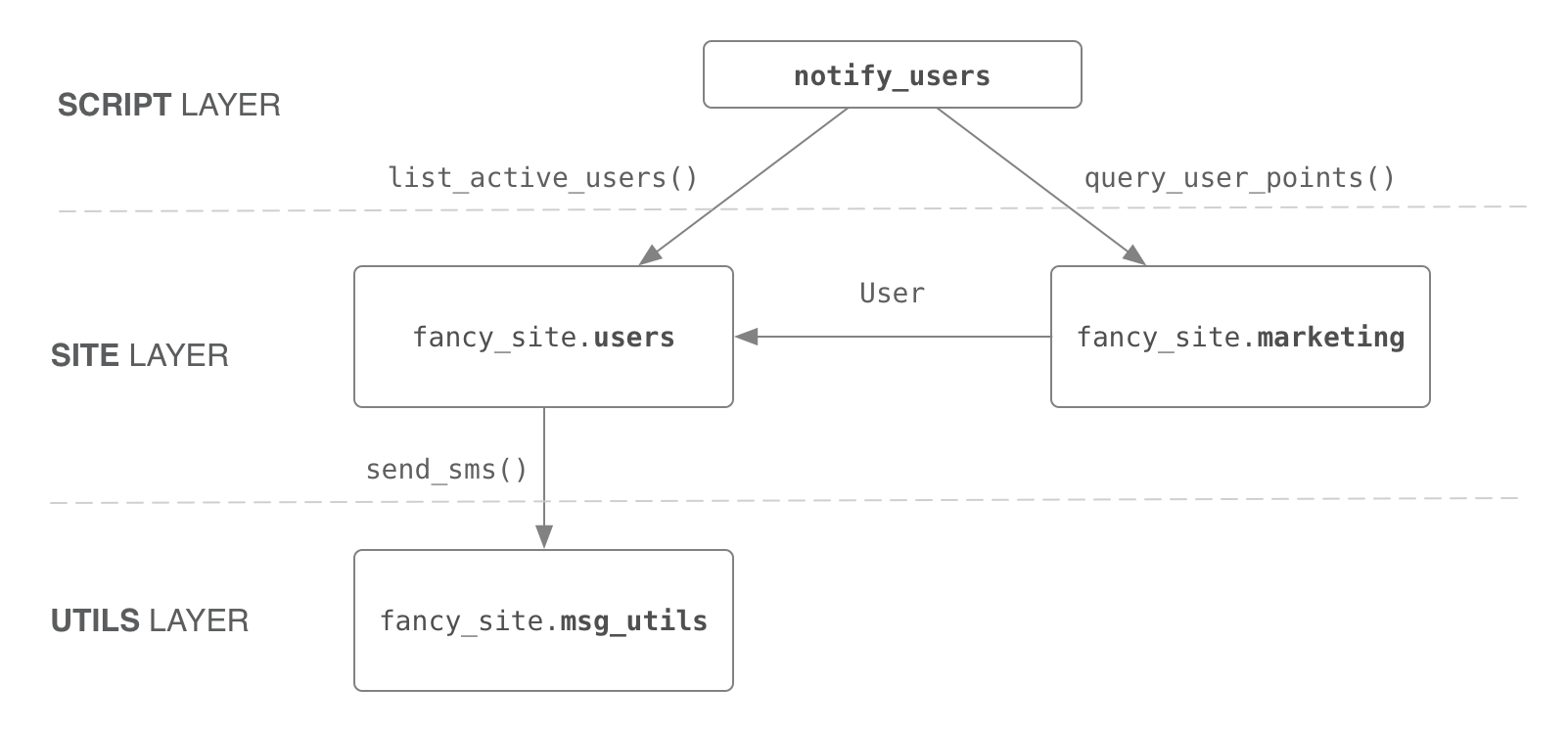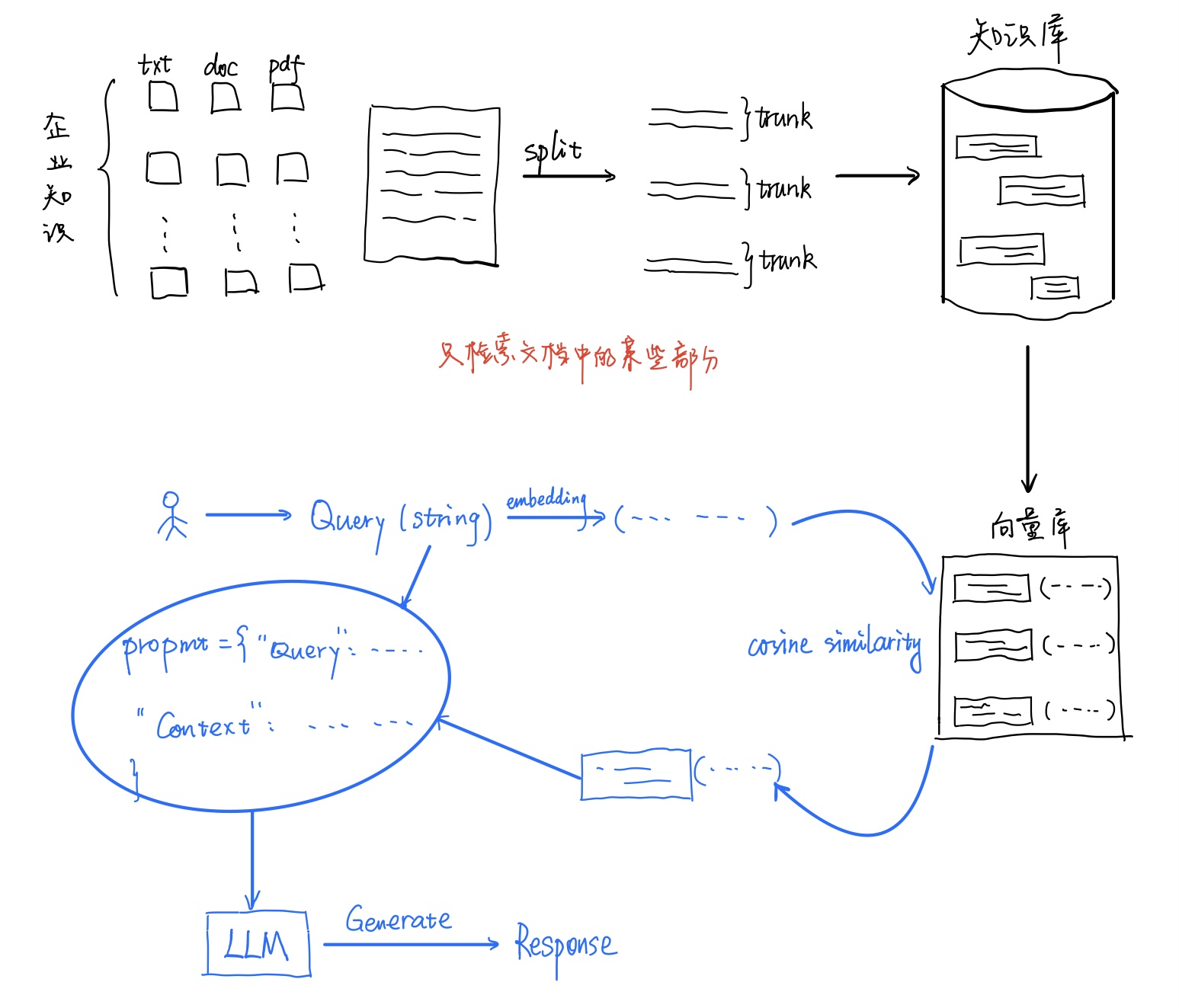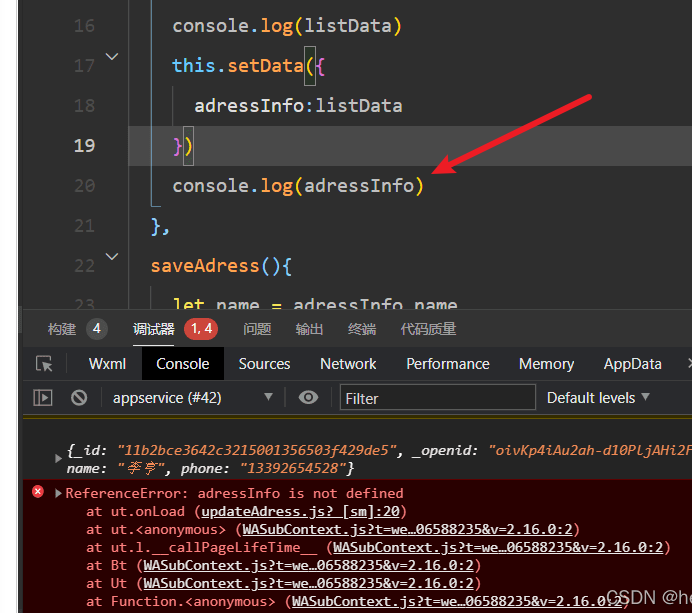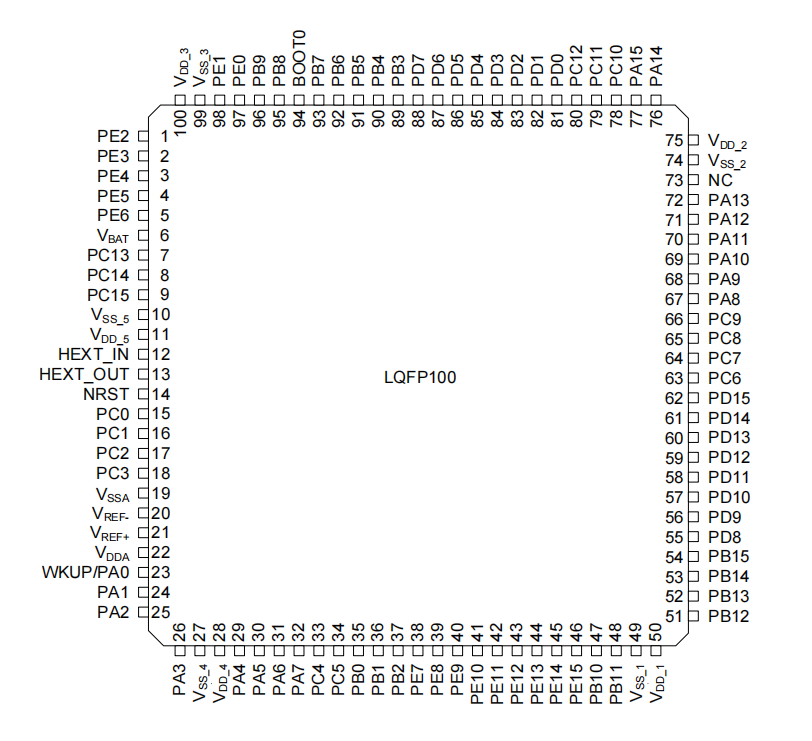动态属性和特性
特性至关重要的地方在于,特性的存在使得开发者可以非常安全并且确定可行地将公共数据属性作为类的公共接口的一部分开放出来。
——Alex Martelli, Python 贡献者和图书作者
本章内容:
- 特性(property)
- 动态属性存取(
__getattr__和__setattr__) - 对象的动态创建(
__new__)
特性
Python 特性(property)可以使我们在不改变接口的前提下,使用存取方法修改数据属性。
# property
class A:def __init__(self):self._val = 0@propertydef val(self):return self._val@val.setterdef val(self, val):print('Set val', val)self._val = val@val.deleterdef val(self):print('Val deleted!')a = A()
assert a.val == 0
a.val = 1
assert a.val == 1
del a.val
assert a.val == 1 # del val 只是触发了 deleter 方法,再取值时还会执行 val 的 getter 函数
Set val 1
Val deleted!
动态属性
当访问对象的某个属性时,如果对象没有这个属性,解释器会尝试调用对象的 __attr__ 方法。
但是注意,这个属性名必须是一个合法的标识符。
注:__getattr__ 和 __getattribute__ 的区别在于,__getattribute__ 在每次访问对象属性时都会触发,而 __getattr__ 只在该对象没有这个属性的时候才会触发。
class B:a = 1def __getattr__(self, attr):print('getattr', attr)return attrdef __getattribute__(self, attr):print('getattribute', attr)return super().__getattribute__(attr)b = B()
print(b.a, b.b)
getattribute a
getattribute b
getattr b
1 b
new 方法
__new__ 方法是类上的一个特殊方法,用于生成一个新对象。
与 __init__ 不同,__new__ 方法必须要返回一个对象,而 __init__ 则不需要。
调用 A.__new__ 时,返回的对象不一定需要是 A 类的实例。
# 对象构造过程示意
class Foo:# __new__ 是一个特殊方法,所以不需要 @classmethod 装饰器def __new__(cls, arg):if arg is None:return []return super().__new__(cls) # 用 object.__new__ 生成对象后开始执行 __init__ 函数def __init__(self, arg):print('arg:', arg)self.arg = argdef object_maker(the_class, some_arg):new_object = the_class.__new__(the_class, some_arg)if isinstance(new_object, the_class):the_class.__init__(new_object, some_arg)return new_object # 下述两个语句的作用基本等效
x = Foo('bar')
y = object_maker(Foo, 'bar')
assert x.arg == y.arg == 'bar'
n = Foo(None)
assert n == []
arg bar
arg bar
杂谈
shelve 是 Python 自带的、类 dict 的 KV 数据库,支持持久化存储。
import shelved = shelve.open(filename) # open -- file may get suffix added by low-level# libraryd[key] = data # store data at key (overwrites old data if# using an existing key)
data = d[key] # retrieve a COPY of data at key (raise KeyError# if no such key)
del d[key] # delete data stored at key (raises KeyError# if no such key)flag = key in d # true if the key exists
klist = list(d.keys()) # a list of all existing keys (slow!)# as d was opened WITHOUT writeback=True, beware:
d['xx'] = [0, 1, 2] # this works as expected, but...
d['xx'].append(3) # *this doesn't!* -- d['xx'] is STILL [0, 1, 2]!# having opened d without writeback=True, you need to code carefully:
temp = d['xx'] # extracts the copy
temp.append(5) # mutates the copy
d['xx'] = temp # stores the copy right back, to persist it# or, d=shelve.open(filename,writeback=True) would let you just code
# d['xx'].append(5) and have it work as expected, BUT it would also
# consume more memory and make the d.close() operation slower.d.close() # close it
架子(shelve)上放一堆泡菜(pickle)坛子…没毛病。










